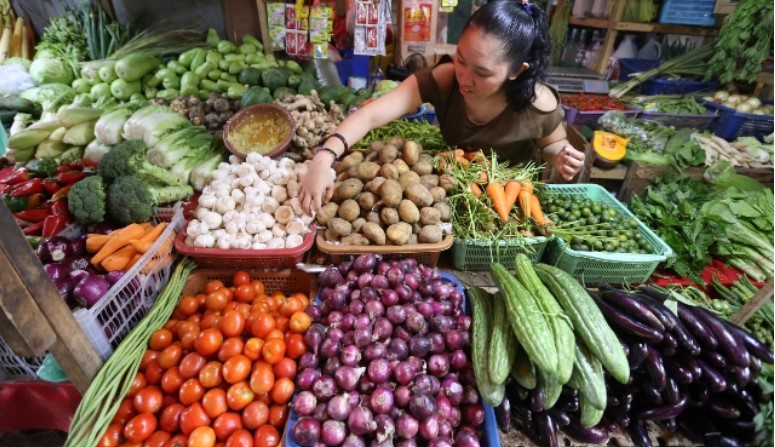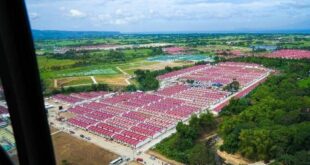
The Bangko Sentral ng Pilipinas (BSP) predicts inflation for the month of February could be similar to January’s 2.8 percent or higher at 3.6 percent with mixed price pressures from rice, meat and vegetables, as well as higher power rates and oil prices.
The BSP said Thursday, Feb. 29, that the next consumer price index (CPI) to be announced on March 5 will likely settle within the forecast range of 2.8 percent to 3.6 percent.
If it happens, February will be the third month that CPI settled below four percent, or within the government target band of two percent to four percent.
“Continued price increases for key food items, such as rice, meat, and fish, along with increased petroleum prices and electricity rates are the primary sources of upward price pressures for the month,” said the BSP.
What could bring CPI lower, meanwhile, are “lower prices of vegetables, fruits, and sugar could contribute to downward price pressures.”
The inflation-targeting BSP reiterated it will “continue to monitor developments affecting the outlook for inflation and growth in line with its data-dependent approach to monetary policy decision-making.”
In a February 2024 Monetary Policy Report, private sector economists surveyed by the BSP expect inflation to be mostly manageable this year at 3.9 percent amid upside price pressures and possible second-round effects from wage increases.
For next year, the analysts’ forecast is 3.5 percent inflation.
The BSP Survey of External Forecasters (BSEF) also noted that for 2026, economists forecast 3.4 percent inflation.
The results of the BSEF mirror the BSP’s risk-adjusted inflation forecast for 2024 of 3.9 percent and 3.5 percent for 2025. The BSP announced the latest forecasts last Feb. 15, during a Monetary Board policy meeting where they kept the benchmark rate unchanged at 6.5 percent.
The central bank explained that its forecast average for 2024 “is driven by the lower-than-expected inflation outturns, peso appreciation, and lower global crude oil prices.”
This was partly offset by higher assumptions for global non-oil prices, stronger domestic growth outlook, impact of El Niño weather conditions, and minimum wage adjustments in areas outside of the National Capital Region, the BSP added.
Meanwhile, while analysts expect inflation to remain manageable this year, risks to the inflation outlook continue to be dominated by upside pressures such as from the potential rise in basic goods particularly oil and food including rice; and services such as restaurants and accommodation services, owing to supply-side pressures attributed mainly to the adverse impact of El Niño and geopolitical conflicts in the Middle East and Red Sea.
Second-round effects, on the other hand, remain a threat as it would come from wage adjustments and higher electricity rates, as well as positive base effects.
The downside risks to the inflation outlook remain as: the continued deceleration of food and non-food inflation, including oil; implementation of non-monetary government interventions such as Executive Order No. 50 which lowers the import tariff of key food items, including rice; and the subdued global demand as possible downside risks to inflation. — Lee C. Chipongian
*****
Credit belongs to: www.mb.com.ph
 Atin Ito First Filipino Community Newspaper in Ontario
Atin Ito First Filipino Community Newspaper in Ontario






